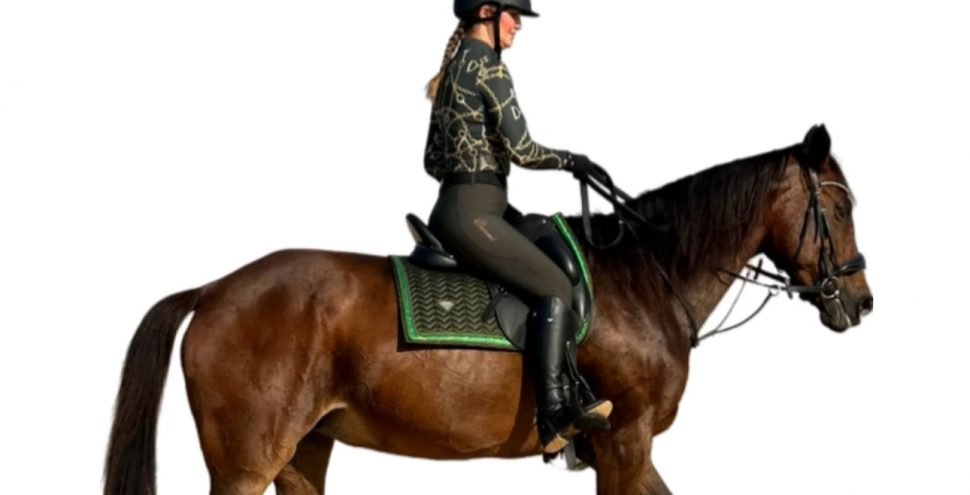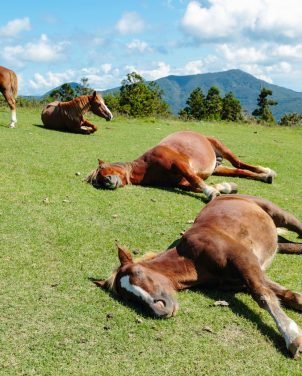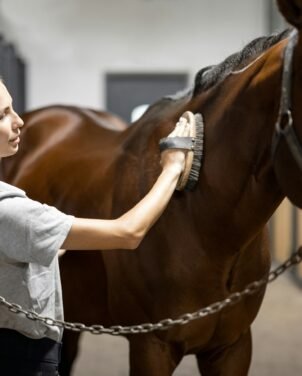Introduction
Starting out in the world of horse riding can be both exciting and a bit intimidating. The bond between rider and horse is special, and taking those first steps properly sets the stage for a rewarding experience. Knowing the basics is key to building confidence, ensuring safety, and making the most of your time with these majestic animals.
At Diamont Equestrian, we believe that every rider deserves the best start. Before you even get in the saddle, there are important steps in preparation. From understanding your horse’s needs to ensuring you have the right gear, it’s all about solid groundwork. Moving on, mastering essential riding techniques lays a foundation for safe and enjoyable rides. This guide will walk you through what you need to know to begin this journey confidently. We want to help you develop the skills that make horse riding a lifelong passion.
Preparing for Your First Ride: What You Need to Know
Getting ready for your first ride involves more than just hopping on a horse. Preparation is key to ensuring a safe and enjoyable experience. First, it’s important to choose the right clothing. Wear long pants and boots with a small heel to protect your legs and feet. Avoid loose clothing and open-toed shoes to prevent any accidents. A helmet is a must to protect your head in case of a fall.
Before mounting, have a chat with your horse. Approach calmly, letting the horse know you’re friendly. Check the tack, including the saddle and bridle, to make sure everything is secure. If you’re unsure how to do this, ask an experienced rider or instructor for assistance. Grooming your horse before the ride helps establish trust and ensures the horse is comfortable. Brushing away dirt and checking for any sores or injuries can prevent discomfort during the ride.
Basic Horse Riding Positions and Postures
Knowing the correct riding positions and postures is essential for control and balance. Start with the “basic seat,” also known as the “balanced seat.” Sit up straight with your shoulders back and your heels down. Keep your knees slightly bent and your weight evenly distributed. This position allows you to move with the horse and maintain stability.
Next is the “two-point position,” often used in jumping and when riding over uneven terrain. In this stance, you stand slightly in the stirrups, lifting your seat out of the saddle. Your hands should remain steady on the reins, and your weight should shift slightly forward, centered over your feet. Practicing this position helps build leg strength and improves your overall balance.
Mastering these positions will enhance your riding skills and ensure a safe, enjoyable experience for both you and your horse.
Important Commands and How to Use Them
Understanding basic horse riding commands is essential for effective communication with your horse. The most common commands are verbal cues supported by physical signals. Learning these helps the horse understand what you want it to do. Here are a few key commands:
1. Walk: To make the horse start walking, gently squeeze with your legs and say, “Walk.”
2. Trot: For a faster pace, increase the pressure with your legs and use the cue, “Trot.”
3. Canter: To transition to a canter, give a stronger leg squeeze and say, “Canter.”
4. Whoa: To stop, sit deeper in the saddle, gently pull back on the reins, and say, “Whoa.”
5. Turn: To turn, apply pressure with the leg opposite the direction you want to go and gently pull the rein on the side you’re turning towards.
Practice these commands regularly to ensure both you and your horse are comfortable with them. Always be calm and clear in your voice, and consistently reinforce with the correct physical cues. This helps the horse respond accurately to your instructions and makes the ride smoother.
Common Mistakes to Avoid When Riding a Horse
As a beginner, it’s easy to make some common riding mistakes. Knowing what to watch out for can help improve your technique and make your rides safer and more enjoyable. Here are some pitfalls to avoid:
1. Gripping Too Tightly with Legs: This can signal confusion to your horse. Keep your legs relaxed to prevent unnecessary tension.
2. Reins Held Too Tightly: Pulling too hard on the reins can cause discomfort to the horse. Maintain a light, steady grip.
3. Leaning Forward: This can affect your balance. Always sit upright with your shoulders back and eyes forward.
4. Ignoring Your Posture: Slouching can interfere with your ability to control the horse. Pay attention to maintaining correct posture at all times.
5. Miscommunication with Commands: Inconsistency can confuse your horse. Be clear and consistent with your commands and cues.
Practicing good habits from the beginning helps you avoid these mistakes. Focus on relaxing, communicating clearly, and maintaining proper posture. This will make your riding experience much more pleasant and effective.
Conclusion
Embarking on your journey in horse riding can be exciting with the right knowledge and preparation. By focusing on essential techniques like proper gear, correct posture, effective commands, and avoiding common mistakes, you’ll set yourself up for success. With each ride, you’ll grow more confident and build a stronger bond with your horse.
At Diamont Equestrian, we are dedicated to helping you every step of the way. From beginner tips to advanced techniques, we offer the guidance and gear you need to excel. Check out Diamont Equestrian for more insights, products, and advice to enhance your horse riding experience. Let’s make your equestrian journey both enjoyable and fulfilling!





